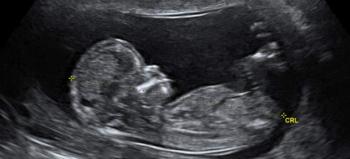

FANTASTIC
06/12/2017
Scientists from the University of Padua and the International School of Advanced Studies in Trieste, Italy, have discovered that since the 18th week of gestation, it is already possible to know if a person will be right-handed or left-handed, a finding that can also have implications for diagnosis precocious of some mental disorders. This is clear from the results of a study published in the journal Scientific Reports' that after analyzing several fetal movements in 29 pregnancies they saw how the manual preference is already well defined in the second trimester of pregnancy, something that was later contrasted when the children met 9 years. Specifically, the researchers analyzed the movements of the hands of the fetuses in weeks 14, 18 and 22 of pregnancy through a 4D ultrasound, viewing the three-dimensional image in real time and in motion, in 20-minute sessions. They studied three types of movements, two of greater precision, directed to the eyes and the mouth, and one directed to the uterine wall, like control. Thus, the results showed that starting at week 18 the fetuses execute significantly faster movements that require precision with which they will become the preferred hand. The study shows a high level of maturation and specialization of the motor system in the uterus. But not only that, according to the authors, since the precision of the method used in this study opens new perspectives for its use in the clinical field. Manual preference, in fact, is due to the prevalence of one cerebral hemisphere, the contralateral one, over the other. And this feature has sometimes been associated with pathologies that involve brain asymmetry. Therefore, they point out that the method used could be a good starting point for the early diagnosis of diseases such as depression, schizophrenia and autism spectrum disorders. S.I.G















